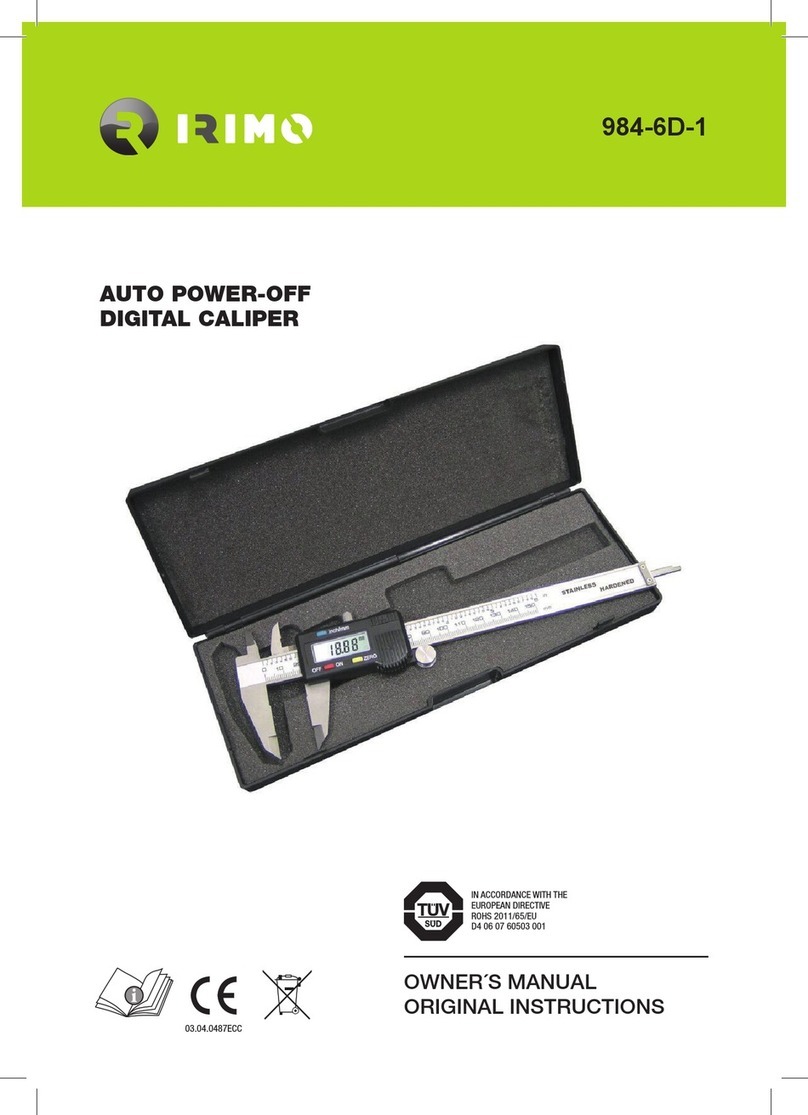
ENGLISH
7
OVERVIEW OF THE KITE
B-SAFE SYSTEM
The B-Safe System is guided through sliding rings outwards
along the A-Level. After activating the quick release, the bar sli-
des up the 5th line and the kite is reefed horizontally in the midd-
le. This removes the pressure in the kite and allows it to come
down powerless through the wind window. The VIRON3 can be
reactivated upon demand and is immediately ready to re-launch.
SIMPLE BRIDLE CONCEPT (A+Z)
The Simple Bridle Concept has an A-level bridle, as well as brake
level bridle (Z) and comes without a mixer (pulley system). The
direct connection of the flying lines, achieves light bar forces for
easy handling. The kite uses pulleys on each wingtip to improve
feedback when steering. The excellent depower is significantly
supported by the flattening of the leading edge which reduces
lift. This combination of features never lets the VIRON3 accele-
rate abruptly, which greatly increases control in stronger winds
and makes the kite more predictable.
AUTOMATIC DRAINAGE SYSTEM
The VIRON3 has a large air intake that reaches up to the trailing
edge and largely prevents possible ingress of water. The draina-
ge system is integrated into the whole trailing edge of the kite
and ends in the form of hand-wide openings at both wing tips.
This allows water and sand to drain automatically from the kite,
without aecting the kite‘s flying behaviour.
ANTI-INVERT ROPE
The Anti-Invert Rope is another safety feature that prevents the
kite from inverting when the B-Safe system is activated. This
ensures a safe and easy relaunch.
AUTO-RELAUNCH
The VIRON3 is the only closed-cell foil kite to have such an ef-
fective auto-relaunch. The kites outline and thick profile mean
the VIRON3 can be relaunched with very little eort simply by
turning the bar. Ideal for children!
IMPACT ABSORBING TECHNOLOGY
Durability and quality are essential for training use. The VIRON
has a special material mix that features double stiched seams,
reinforced ribs and straps at load points. Elastic, air-permeable
mesh panels are integrated in the chambers to absorbs the im-
pact energy. The top and bottom sail is made out of our proven
32g DLX+ fabric (Double Rip Stop).
SELF INFLATABLE
FLYSURFER significantly improved the inflation of the VIRON3
by including a sharknose in the leading edge and integrate rigid
foils around the air intake valve. These allow the kite to form
its wing profile faster and maintains optimal dynamic pressure
during turning. The start and (water)restart is faster and kite
control further increased.



























